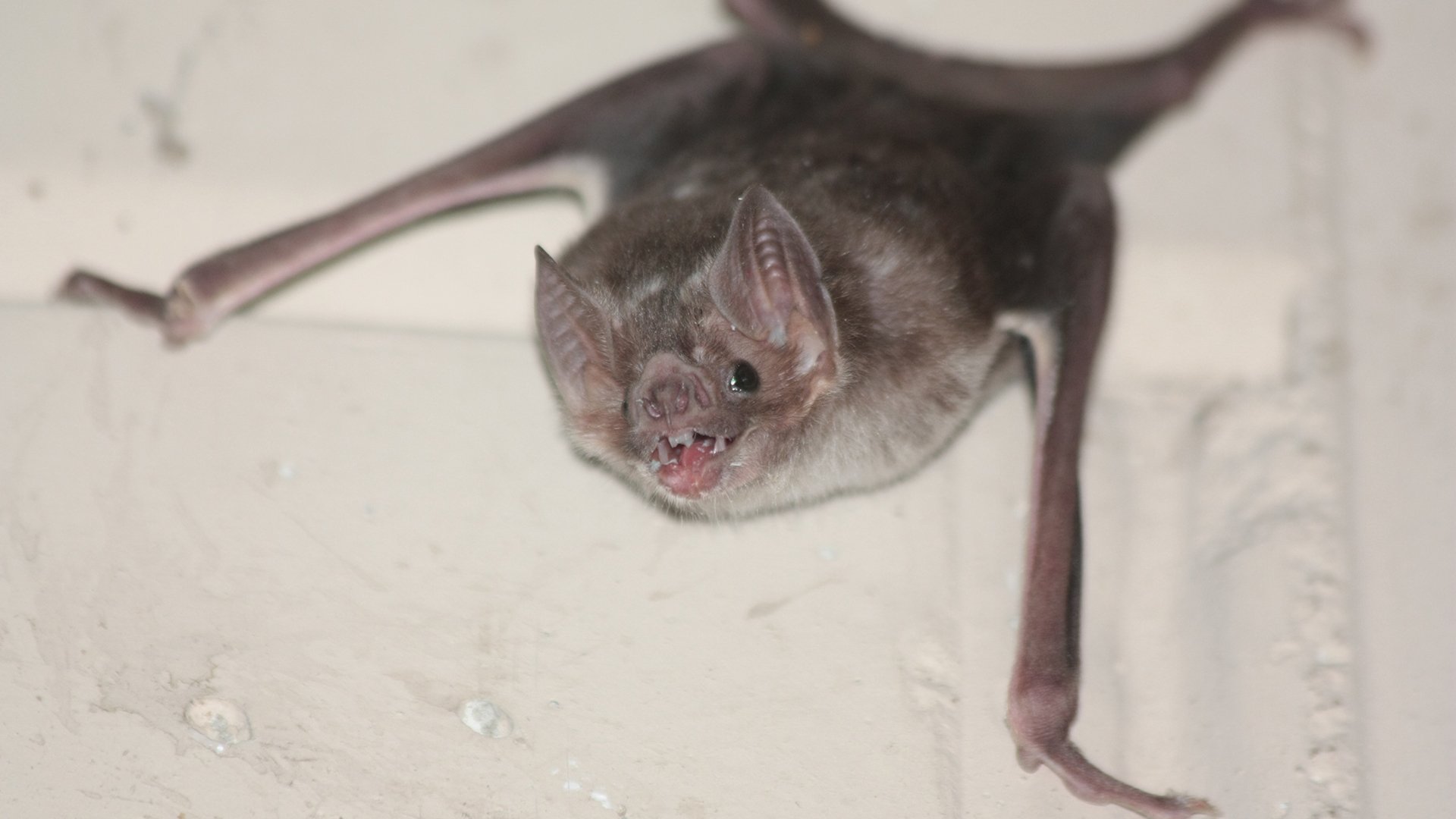A unique diet
The vampire bat (from the Desmodontinae subfamily) feeds exclusively on blood, something that sets it apart from other mammals. Biologists believe that this must have prompted a number of very specific evolutionary changes. Why? Because a diet consisting solely of blood contains very few vitamins, fats and glucose, and it has a high salt content, all of which presents the bat with a major challenge. A blood diet also exposes this South American bat to a wide range of blood-borne pathogens , including many viruses . With this in mind, the community of microbes in the digestive tract of this bat needs to be able to digest a diet consisting solely of blood and also to work with the bat to fend off pathogens.
Bacterial protectors
An international group of scientists analysed the genome and intestinal microbes of the vampire bat and raised the question of how much pathogenic viruses in the blood affect its health. The scientists discovered that the microbiome of the vampire bat is very different to that of meat, fruit or insect-eating bats. Unique changes in its genome and microbiome enable the vampire bat to process large quantities of nitrogen waste and to cope with the increased osmotic pressure and iron assimilation caused by its blood diet. Its gut also hosts a large number of protective bacteria , which are able to produce antiviral compounds and help the bat fight pathogens in the blood it drinks.
The lowest number of viruses
These bacterial protectors were found to be very effective. In a second research project, researchers studied populations of vampire bats and cattle from the same geographic region for the presence of viruses. Because vampire bats carry rabies, they are often regarded as a threat to cattle. However, the research yielded a very surprising result; the bats and cattle did not share any pathogenic viruses with each other. What is more, the vampire bats were generally found to carry far fewer retroviruses than other bats or mammals, probably thanks to the bacteria in their intestines.
Not without each other
So, the microbiome of the vampire bat helps it to digest a nutrient-poor diet, but also increases its resistance to blood-borne viruses. This is a good example of the interdependence of the host and its microbes during the evolutionary process, a dependence we share we our own microbiome too.
Source: Nature Ecology & Evolution (2018) en EcoHealth (2017)

